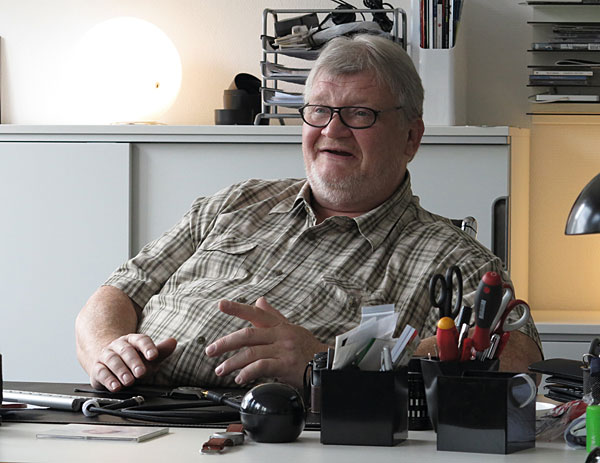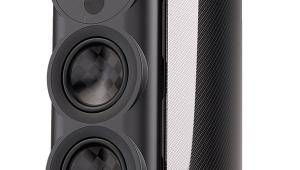FinkTeam KIM Loudspeaker Karl-Heinz Fink
Following the HFN Lab test program, editor PM reviewed the results with FinkTeam's chief engineer, Karl-Heinz. The KIM speaker features a number of user adjustments, including control over bass damping and treble. 'The treble control is not a "taste knob"', says Karl-Heinz. 'It operates over the entire passband of the driver and is very subtle. We change a resistor in the tweeter network and while we can measure this directly, and hear it, we don't see it on acoustical tests.'

The 'Damping Control' is certainly 'measurable' and audible. 'We add steps of 0.25ohm in series with the resistance of the inductor in the bass network – it's all about tuning to the output impedance of the attached amplifier. The idea is based on work we did during our development of the Concept 500 for Q Acoustics.
'We'd designed a very low THD driver, but the inductors in the crossover contributed more distortion at moderate power levels. We moved to air-cored inductors, tweaked the driver BL by increasing the magnet size and tuned the final in-box LF alignment by adjusting the value of this series resistance.'
The KIM's control of cabinet resonances is no less studied. 'I am not against damping but I prefer speakers with less. We use tuned Helmholtz resonators to get rid of most standing waves without recourse to heavy damping which can kill the bottom end. We use a similar technique to mitigate pipe resonances in the port tube without touching the 37Hz of the air mass that we want to keep.' PM

















































